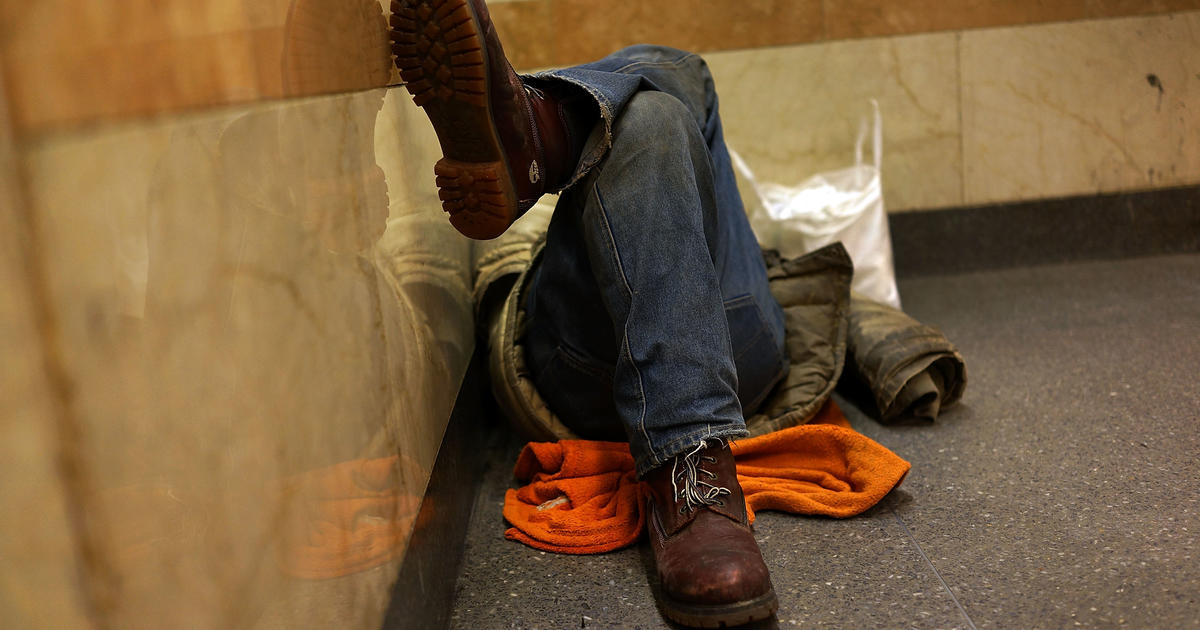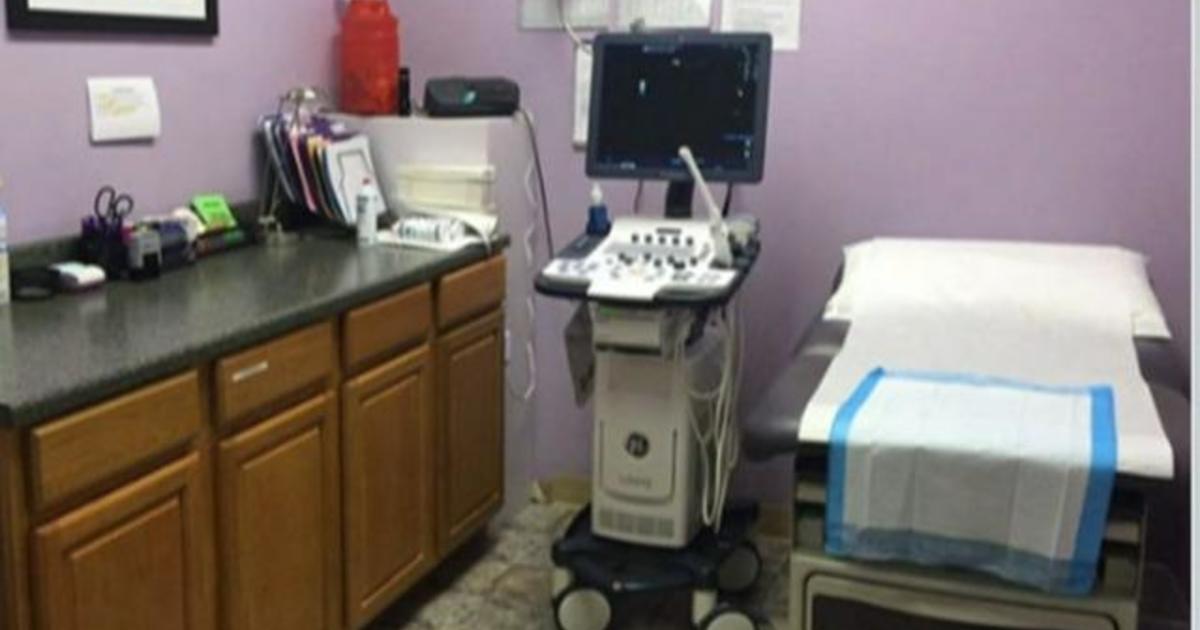Seafood Switch: Your Tuna Isn't Tuna At All
MIAMI (CBSMiami) – Joyce Galbut said the white tuna she ordered a few weeks ago at a South Florida restaurant just didn't taste right. In fact, she doesn't even think it was tuna.
The local nurse explained: "It happened to my son and I a while back when we had sushi tuna."
A new study confirms that so-called "white tuna" is one of the most frequently substituted seafood products across the country.
It found consumers usually end up with a species of mackerel, one that researchers said can cause severe digestive problems.
It's a problem CBS4 has been investigating since 2007: local restaurants charging high-grade prices but serving low-grade fish.
"I think that's quite frequently done and it's because they substitute cheaper product, for instance like imitation crab when they say you're getting a crab sandwich..and like when they are giving you grouper they are substituting a cheaper fish. It tastes quite differently, they have a different flavor to them so immediately you know it," Galbut added.
The latest national study by the non-profit Oceana Foundation found just how bad the problem is in Miami and across the country. The foundation concluded that, with 38% of the seafood tested around South Florida, consumers are being served something other than what they ordered.
Where in the U.S. is the problem most severe?
Southern California tested at 52%, while Seattle came out the best at about 18%. In Boston, the number was 48% while New York was 39%.
Longtime Miami River restaurant owner Luis Garcia is worried it's still a major problem here.
"It's probably getting worse and it's very difficult to get what you ask for. I think there's a big epidemic in South Florida here, in respect to mislabeling products and it happens more often than you think," he said.
It turns out there are a growing number of smartphone apps like the Monterey Aquariums' "Seafood Watch". Consumers can check learn more about the seafood they're buying, know what it looks like and where its' supposed to come from. See a link to those apps below.
So the next time you go shopping for seafood or visit your favorite restaurant, how do you know you're getting what you pay for?
If you're going to a seafood market, buy the whole fish so you know what you're getting.
If you're at your favorite restaurant, ask the waiter about their fresh seafood.
If you don't like their answer or how it tastes...eat somewhere else.
For more information, click the following links.
Oceana Foundation:
Latest South Florida Findings:
http://oceana.org/sites/default/files/reports/South_FL_Seafood_Testing_Report_FINAL.pdf
Seafood Watch:
http://www.montereybayaquarium.org/cr/seafoodwatch.aspx?c=ln&gclid=CJbqluimyLUCFZOe4AodZwwA_A
Smartphone Apps:
http://www.montereybayaquarium.org/cr/SeafoodWatch/web/sfw_iPhone.aspx



